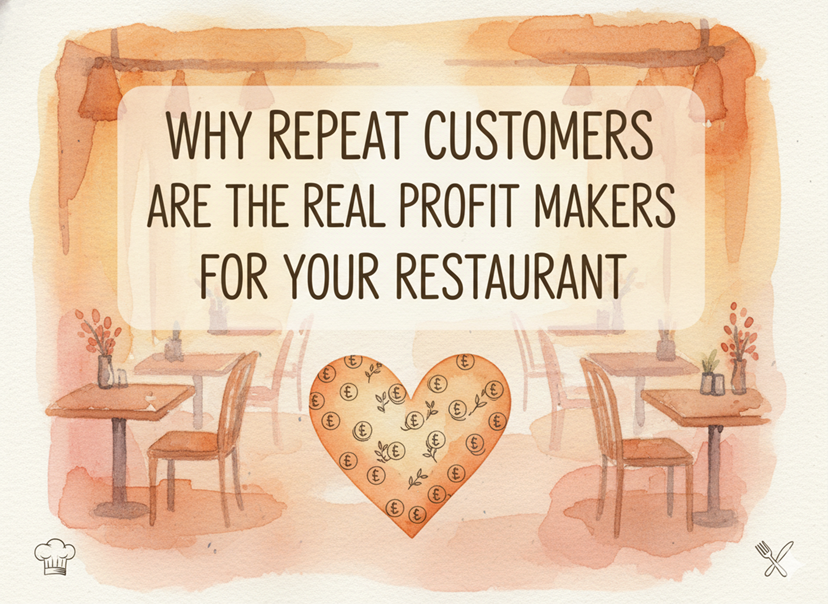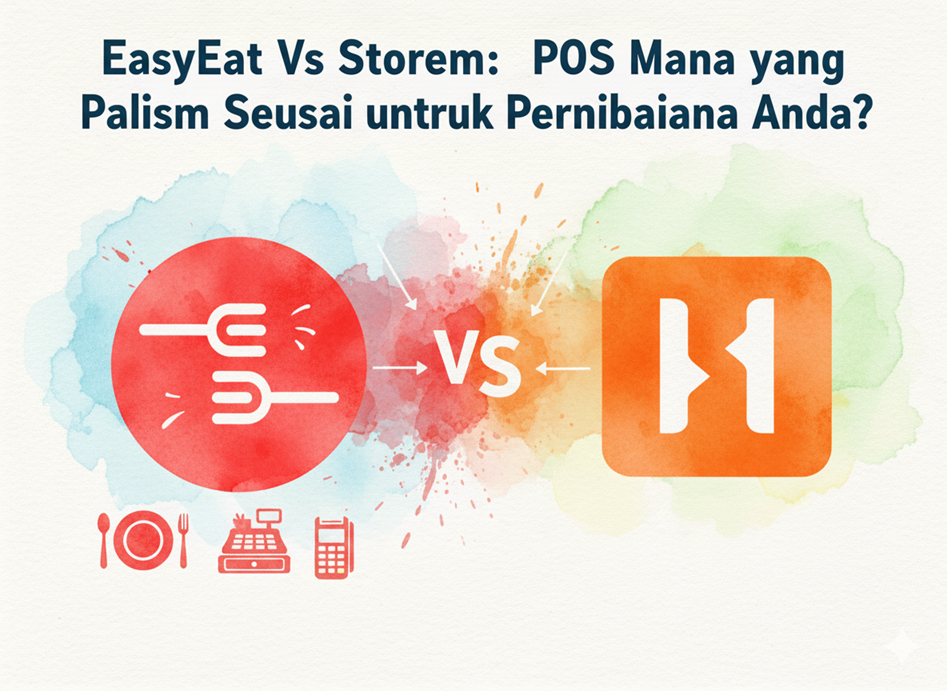In the bustling world of restaurants, efficiency is key. A significant aspect of this efficiency lies in menu management. From crafting enticing dishes to monitoring sales trends, the right menu management software can make all the difference. However, with a plethora of options available, finding the perfect fit for your establishment can be daunting. Fear not, as we delve into the essential factors to consider when selecting a restaurant menu management software.
Assess Your Restaurant’s Needs
Size and Type: Understanding the size and type of your restaurant is crucial as it directly impacts the scale of operations and the complexity of menu management. A small café may have different needs compared to a fine dining establishment or a multi-location chain.
Specific Requirements: Identify the specific menu management requirements of your restaurant. This includes aspects such as menu creation, item customization, pricing flexibility, and ingredient management.
Integrations: Consider any integrations you may need with other software systems, such as point of sale (POS) or inventory management. Seamless integration between different systems can streamline operations and improve efficiency.
Research Available Options
Reputable Providers: Look for reputable software providers in the market. This involves reading reviews, checking ratings, and seeking recommendations from other restaurant owners or industry professionals.
Feature Comparison: Compare features offered by different software solutions. Pay attention to key functionalities such as menu creation, customization options, reporting capabilities, and integration possibilities.
Scalability: Ensure that the software is scalable to accommodate the growth of your restaurant. As your business expands, you’ll need a menu management solution that can grow with you without compromising performance.
Evaluate User-Friendliness
User Interface: A user-friendly interface is essential for smooth operations. The software should be intuitive and easy to navigate, requiring minimal training for your staff to use effectively.
Technical Support: Consider the level of technical support provided by the software provider. This includes options for training, troubleshooting, and ongoing assistance. Responsive support can significantly impact your experience with the software.
Analyze Menu Customization Capabilities
Flexibility: The software should allow for easy menu customization to accommodate changes in offerings, prices, and descriptions. This flexibility is essential for adapting to evolving consumer preferences and market trends.
Menu Engineering Features: Look for features that facilitate menu engineering, such as categorization, item ranking, and highlighting bestsellers. These tools can help you optimize your menu for profitability and customer satisfaction.
Review Reporting and Analytics
Insights: A robust menu management software should provide detailed analytics through end-of-day restaurant reports on various aspects of menu performance, sales trends, and customer behavior. Access to actionable insights empowers you to make data-driven decisions that drive profitability and growth.
Visualization: Consider the visual representation of data through graphs, charts, and dashboards. Clear visualization makes it easier to interpret complex data and identify trends at a glance.
Consider Integration Capabilities
Seamless Integration: Integration with other software systems, such as POS, inventory management, and online ordering platforms, is essential for streamlining operations and eliminating manual data entry. A seamless integration ensures that information flows smoothly between different systems, providing a unified view of your restaurant’s performance.
Selecting the right restaurant menu management software is crucial for optimizing operations and driving profitability. By meticulously assessing your restaurant’s needs, researching available options, evaluating user-friendliness, analyzing menu customization capabilities, reviewing reporting and analytics, and considering integration capabilities, you can make an informed decision. Don’t hesitate to take advantage of trial periods and demos to test the software’s functionality before committing. With the right menu management software in place, you can streamline operations, enhance customer experience, and pave the path to success in the competitive restaurant industry. Purchase EasyEat POS system for the Restaurant’s success.




